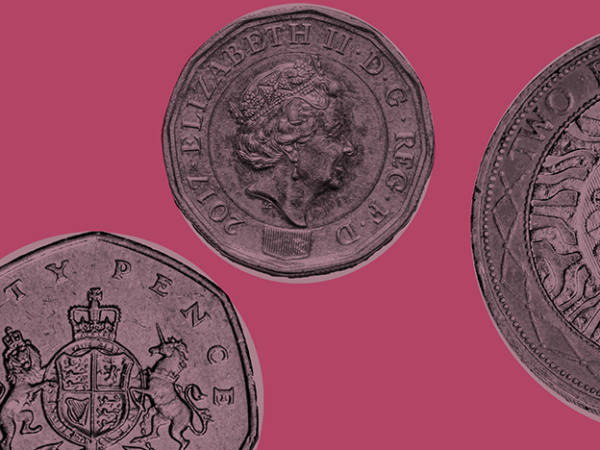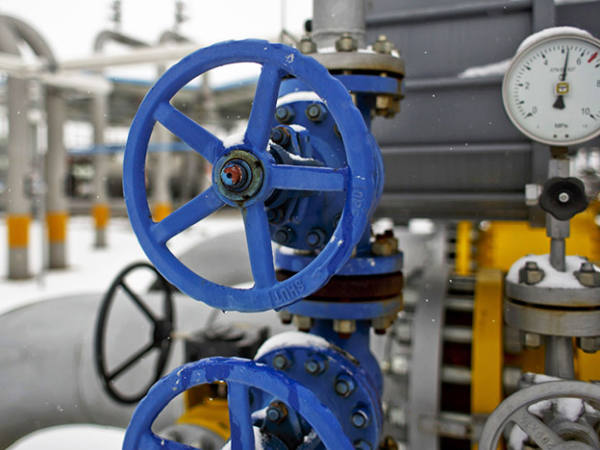But in the long run those highs and lows sort themselves out. The wonder of capitalism means economic performance comes good; companies delivering the performance come good too, as do their shareholders. Shareholders are rewarded for tying up their capital and having the fortitude to ride out the scares and panics. Academics call this reward 'the equity risk premium'; in effect it's a premium for patience.
For evidence of the patience premium, we only need take the data on the left-hand side of the table, based on the performance of UK equities since 1974. That year, some readers will recall, was the year the UK was about to sink into the Atlantic. It was the year of the three-day week, the 'social contract' and inflation at 17 per cent; and London's shares, as measured by the All-Share Index, fell 70 per cent from the previous year's high. There could hardly have been a worse time to buy shares; or - as it turned out - a better one.
As to how good and bad, the table shows the best and worst possible compounded annual returns. First it assumes that a hugely unlucky investor bought at 1974's high point and measures his performance to the low point of the following years and, second, that a marvellously lucky investor bought at 1974's low point and measures his performance to the high point of the following years.
After just one year the range of performance would be vast. At worst, the unlucky investor would carry a 58 per cent loss while, at best, the lucky one would show a 153 per cent gain. However, as the investing period lengthens, the best and worst results converge. A gap of 211 percentage points after one year narrows to 27 points after five years and just six points after 20 years.
True, that six-point gap - 18 per cent versus 12 per cent - is significant. On £1,000 invested, it means an end result of £27,000 against just under £10,000. Still, the crucial message is that even the really unlucky investor ends up okay. Despite his lousy timing, the patience premium will see him all right.
Or will it? Do the same exercise with Japanese equities - using the Nikkei 225 Average as the proxy and taking 1990, when Japan's great bear market began, as the start - and the results are completely different. Patience brings no premium, just the corrosive effect of compounding losses. So much so that after 23 years, which brings performance up to the start of this year, ¥200,000 (£1,163) invested would be worth ¥159,000 at best or ¥48,000 at worst.
And, perhaps worst of all, on one view it's as if the massive bull market in Japanese equities of the 1970s and 1980s never existed. That's the message of the table's bottom row, which takes 1974 as the start date for calculating best and worst returns for both UK and Japanese shares. Even though the Nikkei index rose 11-fold from its low point of 1974 to what still remains its highest close on the first day's trading in 1990, those gains have all been wiped out by subsequent falls.
It means that a working lifetime of investing has yielded next to nothing and the fear is that what has afflicted Japan these past 20 years may do the same to the UK; that the future of UK investing will be more like Japan's recent past than the UK's.
If so, that would largely be a function of demographics as the profile of the UK's population comes to resemble Japan's ageing profile more closely. The point, however, is not to predict which way UK equity returns will go but to use Japan's experience as a marker; to suggest that the future does not have to be like the past and that the patience premium may not materialise. I am not saying this will happen, but it seems sensible to assume that the future will be riskier than conventional wisdom leads us to believe.
Is patience worth it
| UK equities 1974-97) | Japanese equities 1990-2013 | ||||
| Returns (% per year) | Worst | Best | Worst | Best | |
| Holding period (yrs) | 1 | -58 | 153 | -45 | 29 |
| 5 | 8 | 35 | -18 | -1 | |
| 10 | 12 | 25 | -10 | 2 | |
| 20 | 12 | 18 | -7 | -3 | |
| 23 | 12 | 17 | -6 | -1 | |
| 39 | 8 | 11 | 2 | 4 |











